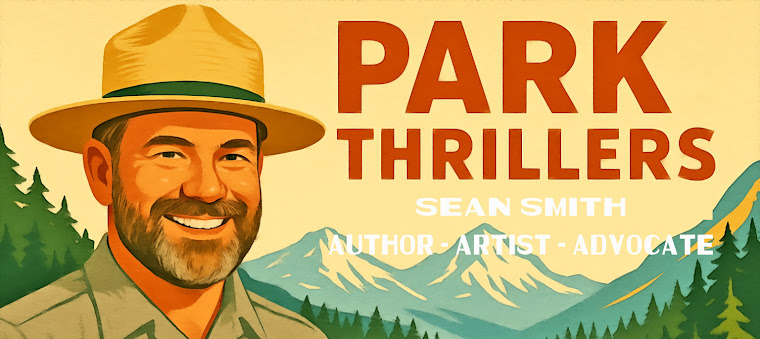
I recently read an article about
ten places the public is not allowed to visit. Sorry to say, I haven' been to any of them. However, reading the article got me wondering about the places I've been that the public is not generally allowed to visit.
Here's my list of five places I've been that are usually off-limits to the public. Unfortunately, because most of these places have restricted public access either because of safety or security reasons, I have very few pictures of these sites. You'll just have to take my word for it.
5. The Fire line
Back in 1996 I served as a wild land fighter for the National Park Service. I was part of the Stehekin hotshots and fought fire on the Wenatchee national forest. We fought fire high up on the steep banks of Lake Chelan, far removed from any road or trail. It was hard, dirty, dangerous work, which gave me a deeper appreciation for all wild land fire fighters.
4. Hanford Plutonium processing plant
During World War II, the United States authorized the research and development of an atomic bomb. The bomb's top secret development was called the Manhattan Project and lead to the building of the bombs that were dropped on Japan. The plutonium that was used as the fuel for the Nagasaki bomb was processed at the Hanford Nuclear facility in central Washington State. Allow nuclear fuel processing at Hanford ended decades ago, the clean up on the 640 acre site continues to this day. Due to national security and public safety issues, public access to the Hanford site is strictly regulated. I have been fortunate to have visited the site for work on a couple of occasions.
3. Crater of Mount St. Helens
In the mid nineties, I worked for the Forest Service at Mount St. Helens. It was a mere 15 years after the mountains eruption of 1980 and the volcano's crater was steaming and its central dome growing with an active lava flow. With several of my Forest Service colleagues, I was granted access to the actual crater and got a scramble up the central lava dome. It was a very humbling experience to stand on earth that had been extruded from the planet's core mere days before.
2. Wolf Rendezvous Site
In 1997, I was a Park Ranger with the National Park Service at Yellowstone. Being a Yellowstone Ranger meant I sometimes had the opportunity to do things and go places off limits to the public. One such opportunity was to accompany park wildlife biologist on wolf management expeditions. On one expedition, I assisted a wolf biologist to a remote backcountry site that the park knew to be a wolf rendezvous site. Rendezvous sites are places where wolf packs leave that years pups with a younger pack member, and head off to hunt. For obvious reason, the location of rendezvous sites are strictly guarded by the Park Service. For several hours until sunset, the two of us watched several cubs and a single juvenile wolf pass the time, while the older wolves hunted. It reminded me of a teenager babysitting while the adults went out for dinner. One could almost sense the juvenile wolf was not happy being left behind to entertain a half dozen pups who appeared to have endless energy.
1. Oval Office
In 1991, I worked as an intern for a Washington D.C. based environmental non-profit. During that time, I met and became friends with an intern that worked in the White House. During one weekend, the President was out of the city, which meant the intern was allowed to invite colleagues to tour the West Wing of the Executive Mansion. We started our tour in the press briefing room, visited the Roosevelt and Cabinet rooms, the rose garden, and finally the threshold of the Oval Office. We weren't allowed to enter the country's center of political power, but standing in the doorway one couldn't help but think of the history that had and would take place in that room.
How about you? Have you been to any forbidden places?
###
Sean Smith is an award winning conservationist and author. He is a former National Park Ranger at Yellowstone, Glacier, and the North Cascades. He is a TEDx speaker, and private pilot. He graduated from the University of Washington in 1989 with a degree in Political Science. He got his master's in Natural Resources Management from Central Washington University in 1996. He currently runs Washington State's efforts to reduce and eliminate toxic chemicals from consumer products and serves as the Mayor Pro Tem of Covington.
He has been writing stories and books since he was a child and currently writes national park thrillers from the shadow of Mount Rainier.











